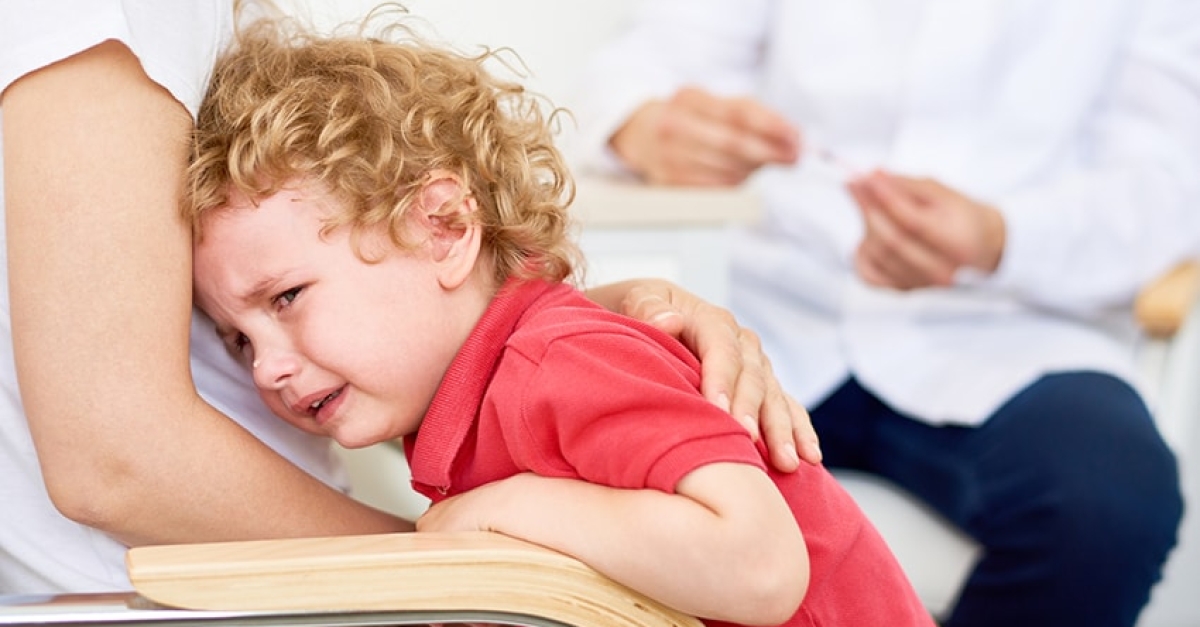3 Best Infant Protection Strategies at Home
To protect your infant at home, focus on creating a safe sleep environment by placing them on their back, using firm bedding, and regulating room temperature. Childproof by installing safety gates, covering outlets, and securing cords to prevent accidents. Stay vigilant by using baby monitors, inspecting for hazards, and being responsive to your child’s needs. By implementing these strategies, you can guarantee a secure environment for your little one’s well-being.
Key Takeaways
- Supervise closely to prevent accidents and respond promptly to baby’s needs and distress signals.
- Use safety measures like baby gates, outlet covers, and secured wires to childproof the home.
- Maintain a safe sleep environment with firm bedding, proper room temperature, and back sleeping position.
- Be prepared for emergencies by learning CPR, having emergency contacts, and practicing evacuation plans.
- Provide responsive care through comforting routines, monitoring systems, and hazard identification.
Safe Sleep Environment

Guarantee your baby’s safety during sleep by creating a secure sleep environment free of hazards.
When putting your little one down to rest, always remember to place them on their back to reduce the risk of Sudden Infant Death Syndrome (SIDS).
Make sure their bedding is firm and fits snugly in the crib to prevent suffocation hazards.
Keep the room temperature between 68-72 degrees Fahrenheit to maintain a comfortable sleep environment for your baby. Avoid overdressing your infant to prevent overheating.
A subtle night light can offer comfort during nighttime awakenings without disrupting their sleep.
Childproofing Essentials

To guarantee your child’s safety at home, implementing childproofing essentials is important. Safety gates are essential for blocking off hazardous areas like staircases or rooms with potential dangers. Make sure to install safety gates at the top and bottom of stairs to prevent falls.
Outlet covers are another important childproofing essential to protect your little one from electrical hazards. Covering all accessible outlets with safety plugs will help prevent accidental shocks or burns. Remember to secure any loose cords or wires that may tempt curious hands. Regularly check the condition of outlet covers to ensure they’re intact and functioning correctly.
Supervision and Awareness

Ensuring constant supervision and maintaining awareness of your child’s activities are essential aspects of keeping them safe at home. Baby monitoring systems can provide an extra layer of security by allowing you to keep an eye on your little one even when you’re not in the same room. These devices can alert you to any potential issues and help you respond quickly.
In addition to using baby monitors, hazard identification is important in creating a safe environment for your infant. Regularly inspect your home for any potential dangers such as sharp edges, choking hazards, or small objects that could be swallowed. By being proactive in identifying and addressing these risks, you can help prevent accidents before they happen.
Frequently Asked Questions
How Can I Safely Introduce Pets to My Newborn?
When introducing pets to your newborn, take safety precautions. Supervise interactions closely, start with short, supervised visits, and teach gentle behavior. Make sure pets have safe spaces away from the baby. Gradually increase exposure as comfort grows.
What Are the Best Ways to Protect Infants From Germs?
To safeguard infants from germs, emphasize hand hygiene and cleaning routines. Guarantee safe sleeping arrangements and implement ventilation strategies. By following these practices, you can create a healthier environment for your little one.
Are There Specific Guidelines for Safe Babywearing at Home?
When babywearing at home, make sure to prioritize proper positioning for your infant’s safety and comfort. Choose supportive carriers that evenly distribute weight. This guarantees a secure and cozy experience for both you and your little one.
How Can I Prevent Accidents Near Water Sources at Home?
To prevent accidents near water sources at home, always supervise your child around water, install gates or locks around pools and hot tubs, empty tubs and buckets immediately after use, and learn CPR. Babyproofing tips include securing toilet lids and using door locks.
What Are the Recommended First Aid Essentials for Infants?
To guarantee infant safety, keep choking hazards away, learn CPR for emergencies, prevent burns by securing hot items, and have emergency contacts handy. Prioritize protecting your little one with these first aid essentials.
Conclusion
In summary, by ensuring a safe sleep environment, childproofing your home, and maintaining constant supervision, you’re taking essential steps to protect your infant at home.
These strategies can help prevent accidents and injuries, allowing your little one to explore and grow in a secure environment.
Remember, your vigilance and attention are key to keeping your baby safe and sound.
Keep up the great work in keeping your precious bundle of joy safe!

Chad Adan Kace, a young dad from Vermont, shares his parenting journey with a touch of humor and lots of love. Father to a lively baby, he explores the joys and challenges of fatherhood through his stories.







